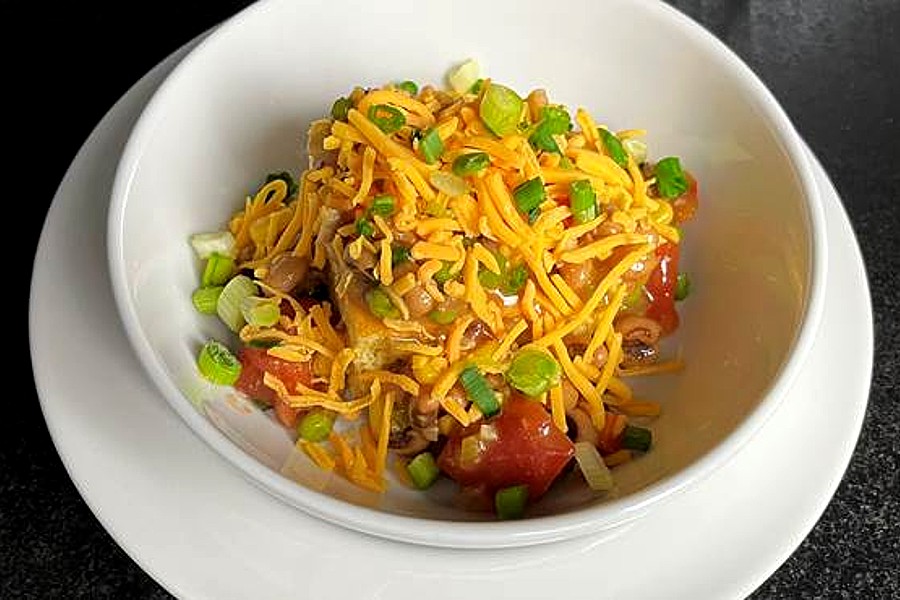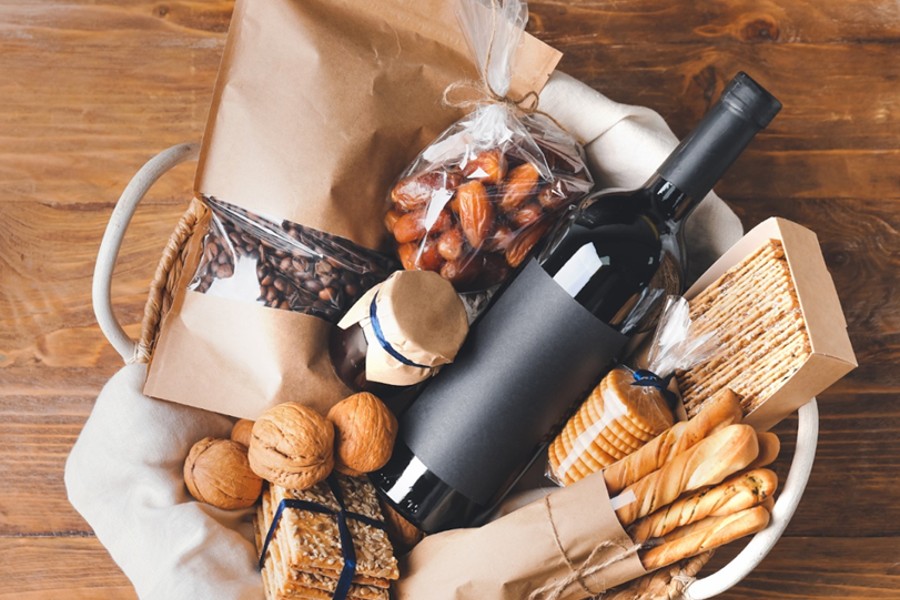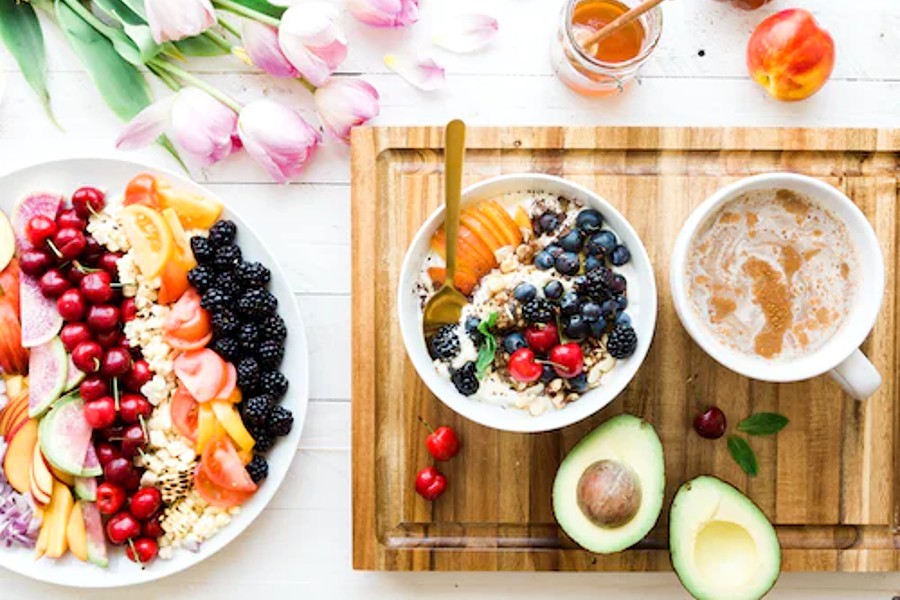
We all know that eating healthy is important for our overall well-being. It can help us maintain a healthy weight, improve our mood, and reduce the risk of chronic diseases.
However, many people believe that eating healthy is expensive, and therefore not accessible for those on a tight budget.
But the good news is that eating healthy on a budget is possible! With some planning and smart shopping, you can enjoy nutritious and delicious meals without breaking the bank. This article is here to provide you with practical tips and strategies that you can use to eat healthily on a budget.
Whether you are a student, a busy professional, or a family trying to make ends meet, this article is for you. We’ll share tips on meal planning, smart shopping, and cooking in bulk. You’ll learn how to make the most of your grocery budget, how to shop for healthy foods, and how to cook in bulk to save both time and money.
So, if you’re ready to start eating healthier without spending a fortune, keep reading! We’ve got you covered with practical tips and strategies that you can start using today.
Understanding Healthy Eating on a Budget
When it comes to healthy eating on a budget, it’s important to understand what we mean by “healthy eating.” At its core, healthy eating is all about consuming a well-balanced diet that provides the necessary nutrients our bodies need to function optimally. This means eating a variety of foods from all the major food groups, including fruits, vegetables, whole grains, lean proteins, and healthy fats.
While it’s true that some healthy foods can be more expensive than others, it’s a myth that eating healthily has to be expensive. Eating on a budget simply means being mindful of your spending and making strategic choices when it comes to food purchases.
One common misconception about healthy eating on a budget is that it requires a lot of time and effort. However, with some simple strategies in place, eating healthily on a budget can be both easy and enjoyable.
Another myth is that healthy eating on a budget means sacrificing taste and variety. In reality, there are countless delicious and affordable meals that you can make with wholesome ingredients.
Meal Planning
Meal planning is a powerful tool for healthy eating on a budget. It involves planning your meals in advance, so you know exactly what you’re going to eat each day. Not only does it help you stay on track with your healthy eating goals, but it also saves you time and money by reducing food waste and avoiding unnecessary trips to the grocery store.
But how do you get started with meal planning? Here are some tips:
- Set aside time for planning: Dedicate some time each week to plan your meals. This could be on a Sunday afternoon or any other day that works for you.
- Consider your schedule: When planning your meals, take into account your schedule for the week. If you have a busy week ahead, plan for meals that are quick and easy to prepare.
- Choose a variety of foods: Eating a variety of foods is essential for a healthy diet. When planning your meals, aim to include a mix of vegetables, fruits, whole grains, and lean proteins.
- Make a shopping list: Once you’ve planned your meals, make a shopping list of the ingredients you’ll need. This will help you avoid impulse buys and ensure that you have everything you need for the week.
- Cook in bulk: When you have some extra time, consider cooking in bulk. This allows you to prepare meals in advance and freeze them for later use. You can also use leftovers for lunch or dinner the next day.
- Keep it simple: Meal planning doesn’t have to be complicated. Start with a few simple recipes that you enjoy and build from there.
Smart Shopping
Now that you’ve got your meal plan in place, it’s time to hit the grocery store. But how do you make sure that you’re getting healthy foods without blowing your budget? Here are some tips for smart shopping:
- Stick to your list: One of the easiest ways to overspend at the grocery store is by impulse buying. Before you leave the house, make a list of the foods you need and stick to it. This will help you avoid buying things you don’t need and can’t afford.
- Shop for seasonal produce: Seasonal produce is often cheaper and fresher than out-of-season produce. Plus, it can add variety to your meals. Check your local farmers’ market or grocery store for what’s in season.
- Look for sales and discounts: Keep an eye out for sales and discounts on healthy foods. Check your local circulars or apps for deals on produce, lean proteins, and other healthy staples.
- Understand unit prices: Don’t be fooled by packaging. Understanding unit prices can help you compare the cost of different brands and sizes of a product. Look for the price per pound or per ounce to get the best value.
- Buy in bulk: Buying in bulk can be a great way to save money on healthy foods. Look for bulk bins for grains, nuts, and dried fruits. You can also buy larger packages of meat and freeze them for later use.
Cooking in Bulk
- First and foremost, cooking in bulk saves you time. Instead of cooking meals from scratch every day, you can prepare a large batch of food in advance and have it ready to go for the rest of the week. This means that you’ll have more time to relax, spend time with loved ones, or tackle other tasks on your to-do list.
- In addition to saving time, cooking in bulk can also save you money. Buying ingredients in bulk is often cheaper than buying smaller quantities, and you can take advantage of sales and discounts to stretch your budget even further.
- Another benefit of cooking in bulk is that it helps to reduce food waste. When you prepare meals in advance, you’re less likely to let fresh produce or other ingredients go bad before you have a chance to use them.
Meal Ideas for Bulk Cooking
There are countless meal ideas that lend themselves well to bulk cooking. Here are a few to get you started:
- Vegetarian meatloaf: Loaded with beans and vegetables, this is a delicious and affordable meal that can be enjoyed for lunch or dinner. Follow that recipe here: https://successrice.com/recipes/vegan-brown-rice-bbq-meatloaf/
- Chicken and vegetable stir-fry: With plenty of protein and veggies, this stir-fry is a filling and nutritious meal that can be paired with rice or noodles.
- Vegetable soup: Packed with nutrients and flavor, vegetable soup is a comforting meal that can be enjoyed on its own or paired with a sandwich or salad.
- Baked sweet potatoes: Roast a batch of sweet potatoes and top with your favorite protein and veggies for a simple and satisfying meal.
Eating healthy on a budget is not only possible but also essential for a healthy and happy life. As we’ve seen, with some smart planning, shopping, and cooking, you can enjoy nutritious and delicious meals without breaking the bank.
Remember, eating healthy on a budget is not a one-time event but a lifestyle choice. By making small, sustainable changes in your eating habits, you can improve your health, save money, and feel better every day. We hope this article has inspired you to start eating healthy on a budget. If you have any additional tips or strategies to share, feel free to comment below. We would love to hear from you!
Become a Harlem Insider!
By submitting this form, you are consenting to receive marketing emails from: . You can revoke your consent to receive emails at any time by using the SafeUnsubscribe® link, found at the bottom of every email. Emails are serviced by Constant Contact








